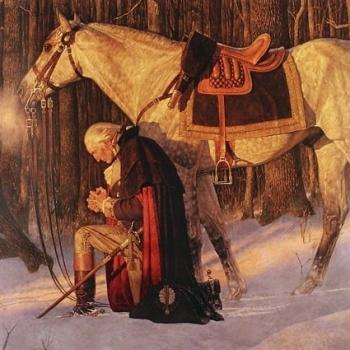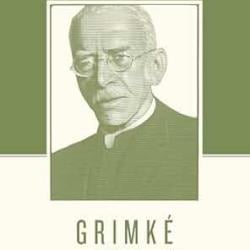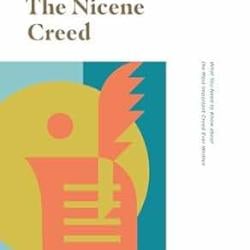This post is part of a series walking through the second volume of Abraham Kuyper’s Common Grace.
Continuing his discussion on the influence of common grace on the life of Jesus, Kuyper reminds us that nature is governed by common grace as much as culture is–otherwise the natural world would all be “thorns and thistles.” (172) The flourishing earth is resistance to the curse. Jesus was raised amidst this flourishing in Palestine. At no point did he reject the beauties he found in nature, and in fact seems to have spent much time outside enjoying the natural world. At least, if we assume his metaphors and parables are an indication of his upbringing and the environment in which he lived. This imagery made Jesus’ examples concrete rather than abstract, and would have been unavailable to many people. Instead, God made nature to display the wonders of the invisible spiritual world.
Language itself is a part of this display. Specifically, it is the place where nature and spirit meet:
“The virtues of our God shine through in nature, not by accident, but because God radiates them in nature. God’s thoughts in the realm of nature allude to God’s thoughts in the spiritual kingdom. And where we humans, who exist in soul and body, participate in both the invisible and the visible life, nature is aimed at explaining the spiritual to us, and the spiritual has been created to give the realm of nature its meaning for us. This carries over even to our human language. The sounds that cross our lips belong to the realm of nature, but the thoughts, perceptions, and emotions that we express to others in these sounds are unseen and invisible in character.” (173)
This was all a part of God’s design in creation, and required
- the preservation of nature from destruction;
- Jesus’ learning about nature;
- the people understanding nature such that they could understand Jesus.
This nature stuff is [sigh] better understood in the Orient than in, say, Greenland where the inhabitants “barely dare to venture outside even briefly.” (174) I suppose this isn’t as bad as some of his cultural and racial assumptions, but still it’s a shame to have to filter through what are otherwise some useful reflections on the relationship between grace, nature, and language… Kuyper argues that the Jewish people were more primed to get this ‘nature’ imagery, having lived in a land more blessed by common grace in its flourishing. Jesus added to this flourishing and changed its nature through his miracles and salvific work.
And we have to be careful here, because there is a struggle that Jesus steps into relative to common grace that requires some careful working out. Specifically, we see:
- “the mystical background of the atonement sacrifice” and
- “the apparent struggle between Jesus and the two powers of his time.” (177)
These are interwoven, but not identical. For example, Pilate ordered the death of Jesus as an action in the struggle between Rome/the Jewish religious authorities on the one hand, and Jesus as a popular leader of the crowd on the other. And yet, Jesus’ death was also required for the sake of saving His people. The order Pilate gave as a temporal judge established by the working of common grace was a part of the broader mystical substructure necessary for our atonement. Even more specifically, the temporal judgment in a legitimate court of justice is a part of common grace–something all nations have some notion of:
“All administration of justice therefore flows from a God-instituted power that is ordained to put the rule of a moral principle in place of the power of raw violence.” (178)
Including the death of Jesus, itself a vast wrong and violation of that same moral principle. And yet a necessary one for the purposes of atonement.
More on this question of justice in the next chapter.
Dr. Coyle Neal is co-host of the City of Man Podcast and an Associate Professor of Political Science at Southwest Baptist University in Bolivar, MO













